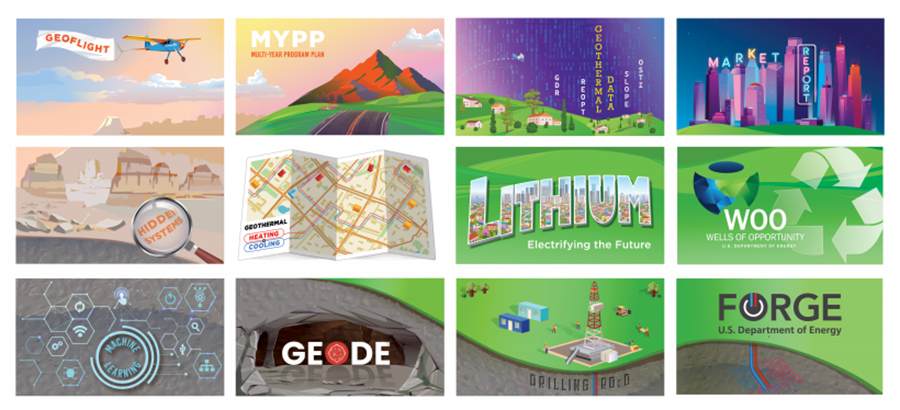The U.S. Department of Energy (DOE) released the Enhanced Geothermal Shot. A new analysis quantifying the potential of enhanced geothermal systems (EGS) as a widespread renewable energy option in the United States.
National Renewable Energy Laboratory
Prepared by DOE’s National Renewable Energy Laboratory (NREL), the Enhanced Geothermal Shot Analysis for the Office of Geothermal Technologies concludes that the goal of significantly expanding EGS deployment by reducing costs by 90% to $45 per megawatt-hour by 2035 is ambitious but achievable with technological advances.
Objectives
The enhanced geothermal project aims to unleash the earth’s nearly inexhaustible heat resources to supply clean, reliable energy to U.S. communities and grow a robust domestic geothermal industry.
More than five terawatts of thermal resources exist in the United States, enough to meet the electricity needs of the entire world. The Enhanced Geothermal Shot Analysis concludes that the United States could affordably capture enough of these resources to supply energy equivalent to the needs of more than 65 million U.S. homes.
“The United States has vast geothermal energy resources beneath its feet, and this analysis demonstrates that we can make it affordable to bring that energy to the surface and American homes and businesses,” said Alejandro Moreno, Acting Assistant Secretary for Energy Efficiency and Renewable Energy.
Geothermal energy
Geothermal energy currently generates about 3.7 gigawatts of electricity in the United States. EGS could significantly increase this amount by harnessing energy that current technology cannot access. Natural geothermal systems exist in the presence of heat, permeability, and subway fluids. In traditional geothermal systems, small subway pathways conduct fluids underground and transport energy from heat to the earth’s surface. Which they can capture to drive turbines and generate electricity.
When conditions are not suitable for bringing that energy to the surface-specifically. When rocks are hot but poorly permeable or contain little water-creating artificial reservoirs by carefully injecting fluids into hot stones can increase the size and connectivity of fluid pathways by creating or reopening fractures. Once completed, this reservoir functions just like a traditional geothermal system.
Enhanced Geothermal Trigger Analysis
The Enhanced Geothermal Trigger Analysis builds on DOE’s landmark GeoVision 2019 report. Which provided groundbreaking estimates of the future potential for geothermal energy.
The new analysis includes modeling assumptions that reflect recent technological advances and uses updated estimates of EGS resource potential. The results indicate that, by 2050, the total installed domestic geothermal capacity could reach 90 gigawatts of electric (GWe).
The analysis also indicates the potential for EGS deployment throughout the western United States and in several states east of the Mississippi River, including Mississippi, West Virginia, Virginia, and Pennsylvania, by 2050. As confirmed in the GeoVision, unlocking EGS resources will also support the widespread deployment of geothermal heating and cooling. Which will help decarbonize homes, buildings, and communities.
The Enhanced Geothermal Shot is DOE’s fourth Energy Earthshot™. It elevates decades of research, development, and demonstration efforts. Including at DOE’s current flagship EGS research facility, the Frontier Observatory for Geothermal Energy Research (FORGE) in Utah. President Biden’s Bipartisan Infrastructure Act also boosts EGS with $84 million to support four EGS demonstration pilot projects. That will provide valuable information on EGS in different geographies and geologies.
It can be of your interest: Funding for 17 projects to accelerate development of sustainable biofuels production


